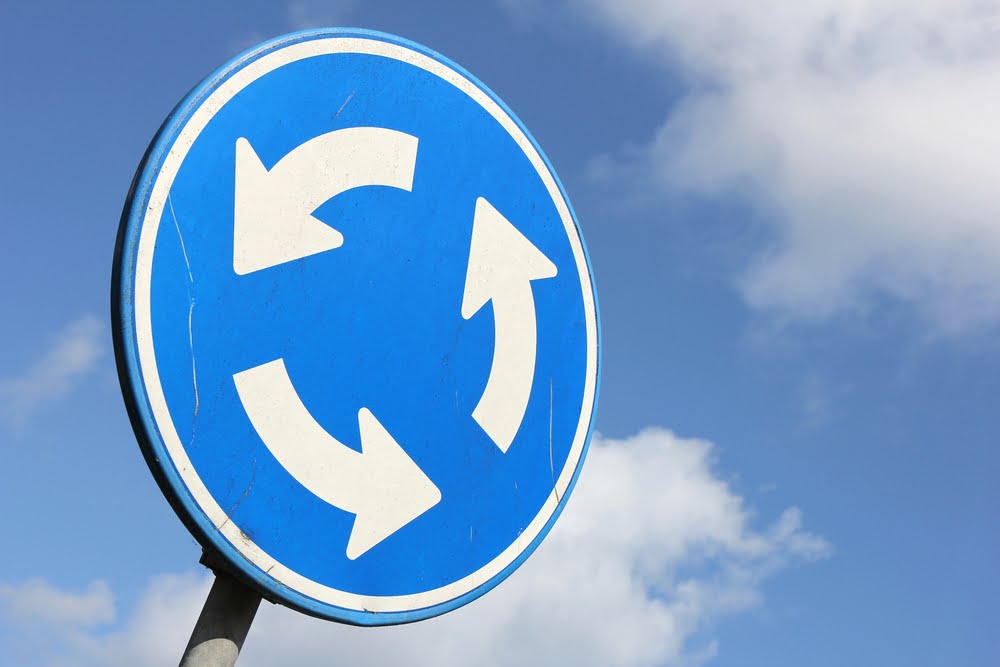Roundabouts in traffic, everyone has probably been annoyed by the fact that someone driving on such a roundabout does not indicate his direction or does not take it in the right way. And so many people must have overlooked a cyclist on a roundabout and almost had it on the hood. What about traffic rules on a roundabout and do we even know how to take a roundabout correctly? Which roundabouts are there in the Netherlands and what is the benefit of them? A roundabout is a circular 'roundabout' where traffic has right of way over approaching traffic. In the early 1980s, single lane roundabouts (or mini roundabouts) were introduced in the Netherlands. There are now a lot of roundabouts in our country, in 2019 there were 5.585 and many more have now been added.
There is a roundabout instead of an intersection and according to the ANWB safer than an intersection. The traffic flow is better by using a roundabout and there is also less maintenance on a roundabout because you do not need traffic lights. There are different types of roundabouts, examples are a single-lane roundabout, a multi-lane roundabout and a turbo roundabout. Different traffic rules and traffic situations apply at the different roundabouts. Most roundabouts in the Netherlands are priority roundabouts, here the following applies: the one who is already driving on the roundabout has right of way. If there are no traffic signs or traffic signs at or on the roundabout that regulate the right of way, the right of way rule applies: right takes precedence. You only have to indicate the direction at a roundabout when you leave it.
If there is a zebra crossing on a roundabout, the pedestrian has priority over the car approaching the roundabout, if there is no zebra crossing, the approaching car has priority over the pedestrian. If the motorist leaves the roundabout and the pedestrian remains on the roundabout, the pedestrian has priority over the motorist. Cyclists do not have right of way on roundabouts outside built-up areas. A cyclist following the roundabout must give way to turning car traffic. Within built-up areas, cyclists usually have right of way on the roundabout over turning car traffic. Some road authorities find the right of way for cyclists too dangerous and deviate from the official guideline to give cyclists right of way on roundabouts within built-up areas. It is therefore advisable to pay close attention to the applicable priority rules at roundabouts.
Also read: Rules regarding alcohol and traffic


